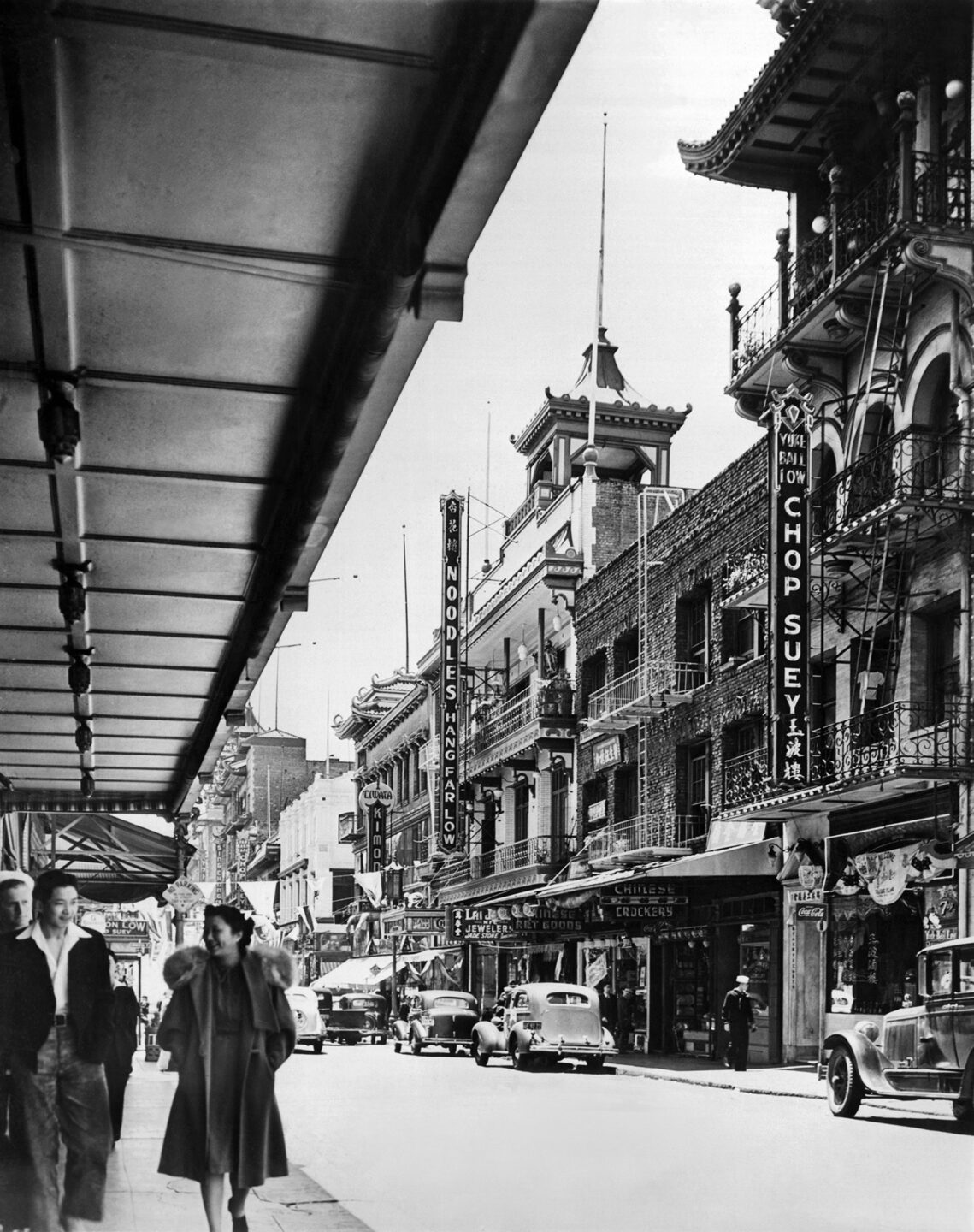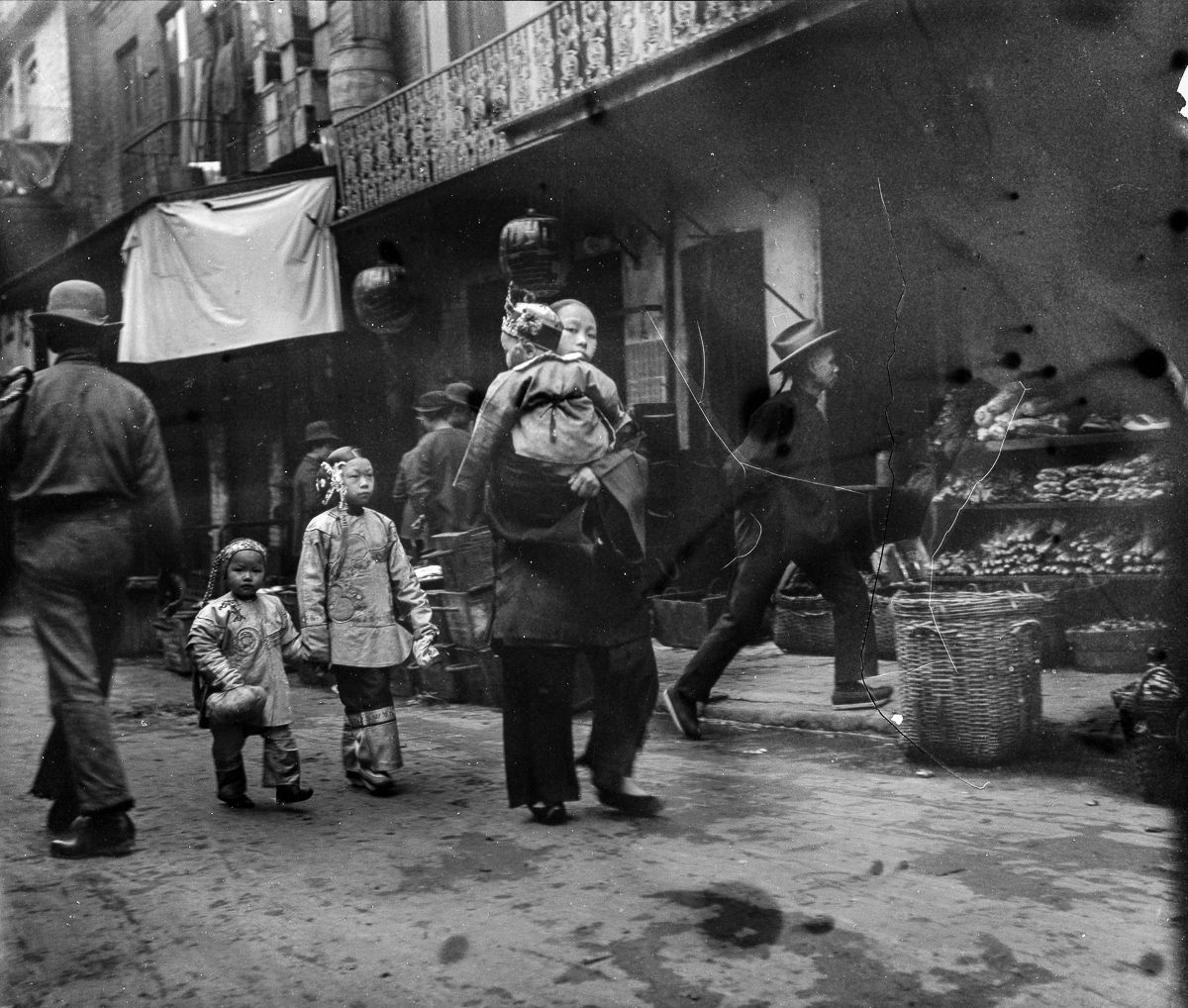Residents of Chinatown watched a fire burning in San Francisco on April 18, 1906. Arnold Genthe
How the 1906 earthquake made Chinatown a force in San Francisco
“Let us have no more Chinatowns in our cities.”
— Oakland Enquirer, April 1906
After the 1906 San Francisco earthquake, fires lasted for days and laid waste to most of the burgeoning city, including all of Chinatown.
Chinese laborers had arrived to California in large numbers as part of the 1848 Gold Rush and the western expansion of the railroads. A distinct community rose in the heart of San Francisco with thriving businesses of both legitimate and ill repute.
Anti-Chinese racism was widespread. For San Francisco’s political establishment, which viewed Chinatown as a haven of sin and corruption, the earthquake presented a convenient excuse to expel its roughly 15,000 inhabitants for good.
It didn’t fully recognize, however, the economic clout the Chinese enclave had amassed. Many inhabitants owned their properties, and weren’t about to be muscled away. They allied with white property owners, who profited handsomely from charging high rents and firmly supported Chinese return.

Underwood Archives/Getty Image
Moreover, San Francisco had grown to rely on the tourism and tax revenue that the community generated. Almost as quickly as the anti-Chinatown forces mustered, they disbanded.
The neighborhood’s leaders seized upon the blank slate created by the disaster to rebuild with tourists as a primary consideration. Where brick, Italianate architecture once stood, buildings rose with “imitation oriental” designs including Pagoda-style flourishes and dragon motifs. It bore little resemblance to any place in China, but tourism only increased.
Within a few years, Chinatown grew to become a larger force in the city’s cultural and political life than ever before.
On the centennial of the 1906 earthquake, the Chinese Historical Society of America created an exhibit with archival photos and firsthand accounts of Chinatown’s experience of the disaster. You can see an online version, hosted now at Google Arts & Culture.
● ●

Arnold Genthe
What was San Francisco’s original Chinatown like? The German photographer Arnold Genthe captured hundreds of photos of the vibrant community between 1896 and 1906. Mashable
This article is from the California Sun, a newsletter that delivers must-read stories to your inbox each morning . Sign up here.
Get your daily dose of the Golden State.